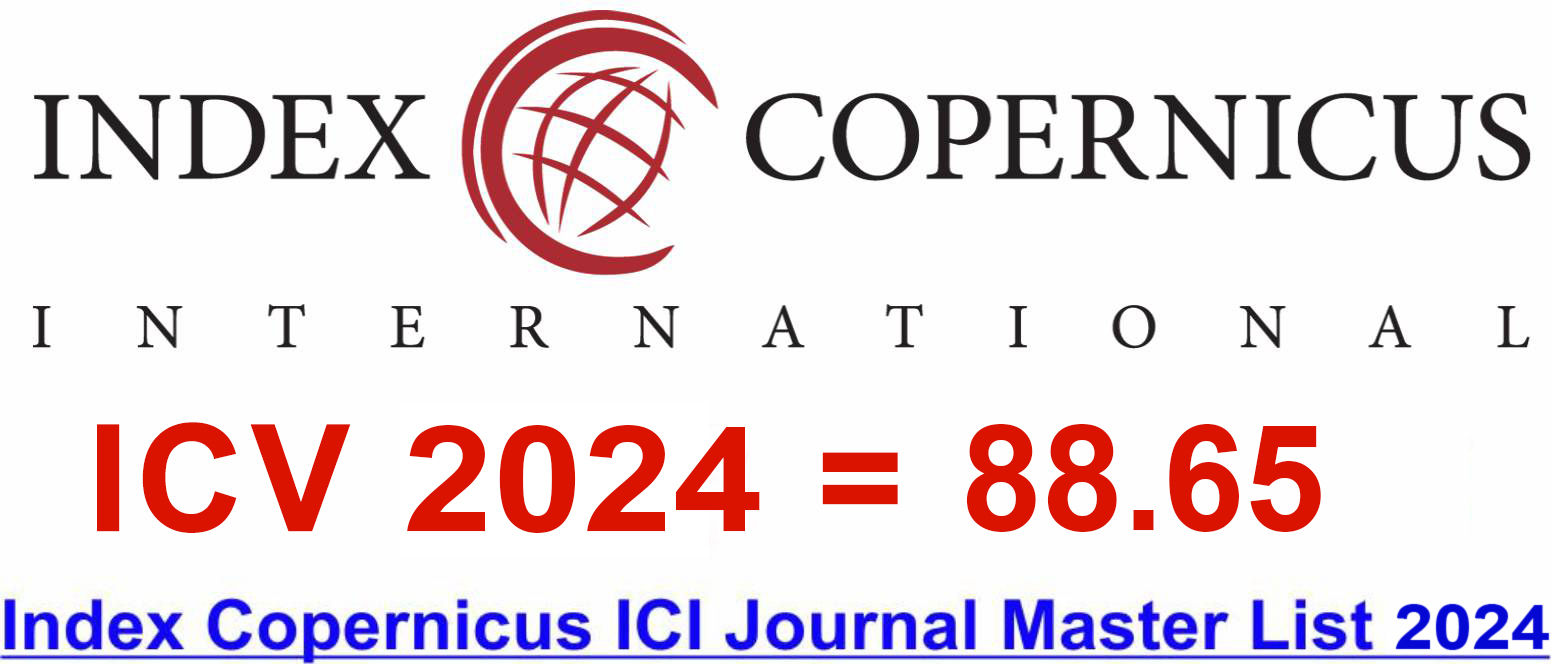Abstract
This paper's goals are important for two reasons: first, from the perspective of businesses, to investigate the reasons for and practical applications of social media brand pages; second, from the user's perspective, to learn how these pages might be of value. For the purpose of this study, this study used a qualitative methodology. Facts were acquired via in-person interviews with 14 marketing managers for their company's involvement in Social Networking Sites, and it provides preliminary evidence regarding the activities of enterprises, the factors that prompted their participation, and the results of their efforts, among other things. In addition to providing products and services, the company also hosts contests for fans, publishes guides and how-to articles, and handles customer support issues. The key motivators are the rising profile of rivals, the mandate to save expenses, the central office's strategic direction, and the prevalence of social media. The major intended outcomes for businesses were described as follows: communication with customers, customer relationship creation and improvement, customer engagement, product promotion and sales growth, and better focused customer acquisition. Conclusions should be taken with a grain of salt, as social media research is still a relatively new subject and this study was qualitative in nature. For a more in-depth understanding of the situation, it would be helpful to conduct interviews with businesses from a variety of industries, as well as users of various social media platforms. This article highlights numerous possibilities for business leaders and recommends best practises for using social media. Given the proliferation of social networking sites and its incorporation into corporate advertising strategies, this study offers an initial stage in gaining insight into how corporations use these platforms.
References
- García-Morales VJ, Martín-Rojas R, Garde-Sánchez R. How to encourage social entrepreneurship action? Using web 2.0 technologies in higher education institutions. Journal of Business Ethics. 2020 Jan;161:329-50. https://doi.org/10.1007/s10551-019-04216-6
- Voorveld HA. Brand communication in social media: A research agenda. Journal of advertising. 2019 Jan 1;48(1):14-26. https://doi.org/10.1080/00913367.2019.1588808
- Tykkyläinen S, Ritala P. Business model innovation in social enterprises: An activity system perspective. Journal of Business Research. 2021 Mar 1;125:684-97. https://doi.org/10.1016/j.jbusres.2020.01.045
- Mac Gabhann L, Dunne S. Trialogue meetings: engaging Citizens and fostering Communities of Wellbeing through collective dialogue. Frontiers in Psychology. 2021 Dec 20;12:744681. https://doi.org/10.3389/fpsyg.2021.744681
- Kretschmer T, Leiponen A, Schilling M, Vasudeva G. Platform ecosystems as meta‐organizations: Implications for platform strategies. Strategic Management Journal. 2022 Mar;43(3):405-24. https://doi.org/10.1002/smj.3250
- Workman AD, Welling DB, Carter BS, Curry WT, Holbrook EH, Gray ST, Scangas GA, Bleier BS. Endonasal instrumentation and aerosolization risk in the era of COVID‐19: simulation, literature review, and proposed mitigation strategies. InInternational forum of allergy & rhinology 2020 Jul (Vol. 10, No. 7, pp. 798-805). https://doi.org/10.1002/alr.22577
- Tavakoli R, Wijesinghe SN. The evolution of the web and netnography in tourism: A systematic review. Tourism management perspectives. 2019 Jan 1;29:48-55. https://doi.org/10.1016/j.tmp.2018.10.008
- Whalen EA. Disney is one of the most emotionally connected brands in the United States ranking second overall and first with Millennials (MBLM 2017: n. pag.). Surprisingly, it is the only experiential brand listed in the top ten of the MBLM Brand Intimacy Report of 2017. Disney’s eclectic brand provides entertainment via multiple product offerings, which include its world-renowned theme.
- Ameen N, Tarhini A, Reppel A, Anand A. Customer experiences in the age of artificial intelligence. Computers in human behavior. 2021 Jan 1;114:106548. https://doi.org/10.1016/j.chb.2020.106548
- Tang JW, Caniza MA, Dinn M, Dwyer DE, Heraud JM, Jennings LC, Kok J, Kwok KO, Li Y, Loh TP, Marr LC. An exploration of the political, social, economic and cultural factors affecting how different global regions initially reacted to the COVID-19 pandemic. Interface Focus. 2022 Feb 11;12(2):20210079. https://doi.org/10.1098/rsfs.2021.0079
- Xi N, Hamari J. Does gamification affect brand engagement and equity? A study in online brand communities. Journal of Business Research. 2020 Mar 1;109:449-60. https://doi.org/10.1016/j.jbusres.2019.11.058
- Hu Z, Wu G, Han Y, Niu Y. Unraveling the dynamic changes of high-speed rail network with urban development: Evidence from China. Socio-Economic Planning Sciences. 2023 Feb 1;85:101380. https://doi.org/10.1016/j.seps.2022.101380
- Na S, Kunkel T, Doyle J. Exploring athlete brand image development on social media: The role of signalling through source credibility. European Sport Management Quarterly. 2020 Jan 1;20(1):88-108. https://doi.org/10.1080/16184742.2019.1662465
- Rodin P, Ghersetti M, Odén T. Disentangling rhetorical subarenas of public health crisis communication: A study of the 2014–2015 Ebola outbreak in the news media and social media in Sweden. Journal of Contingencies and Crisis Management. 2019 Sep;27(3):237-46. https://doi.org/10.1111/1468-5973.12254
- Proença MH. The application of social media for marketing strategies in pharma healthcare.
- Costopoulou C, Ntaliani M, Ntalianis F. An analysis of social media usage in winery businesses. Adv. Sci. Technol. Eng. Syst. 2019;4:380-7. https://dx.doi.org/10.25046/aj040446
- Tajeddini K, Martin E, Ali A. Enhancing hospitality business performance: The role of entrepreneurial orientation and networking ties in a dynamic environment. International Journal of Hospitality Management. 2020 Sep 1;90:102605. https://doi.org/10.1016/j.ijhm.2020.102605
- Grewal D, Hulland J, Kopalle PK, Karahanna E. The future of technology and marketing: A multidisciplinary perspective. Journal of the Academy of Marketing Science. 2020 Jan;48:1-8. https://doi.org/10.1007/s11747-019-00711-4
- Parry DA, Davidson BI, Sewall CJ, Fisher JT, Mieczkowski H, Quintana DS. A systematic review and meta-analysis of discrepancies between logged and self-reported digital media use. Nature Human Behaviour. 2021 Nov;5(11):1535-47. https://doi.org/10.1038/s41562-021-01117-5
- Wymer S. Social media and live streaming: reaching and engaging fans?: the case of Facebook Live and the Queensland Maroons: a thesis presented in fulfilment of the requirements for a PhD in Sport and Exercise at Massey University, Palmerston North, New Zealand (Doctoral dissertation, Massey University).
- Wymer S. Social media and live streaming: reaching and engaging fans?: the case of Facebook Live and the Queensland Maroons: a thesis presented in fulfilment of the requirements for a PhD in Sport and Exercise at Massey University, Palmerston North, New Zealand (Doctoral dissertation, Massey University).
- Mahaputra MR, Saputra F. Relationship word of mouth, advertising and product quality to brand awareness. Dinasti International Journal of Digital Business Management. 2021 Nov 30;2(6):1099-108. https://doi.org/10.31933/dijdbm.v2i6.1331















